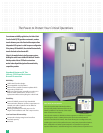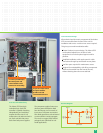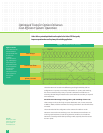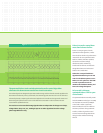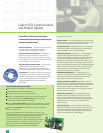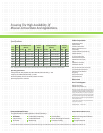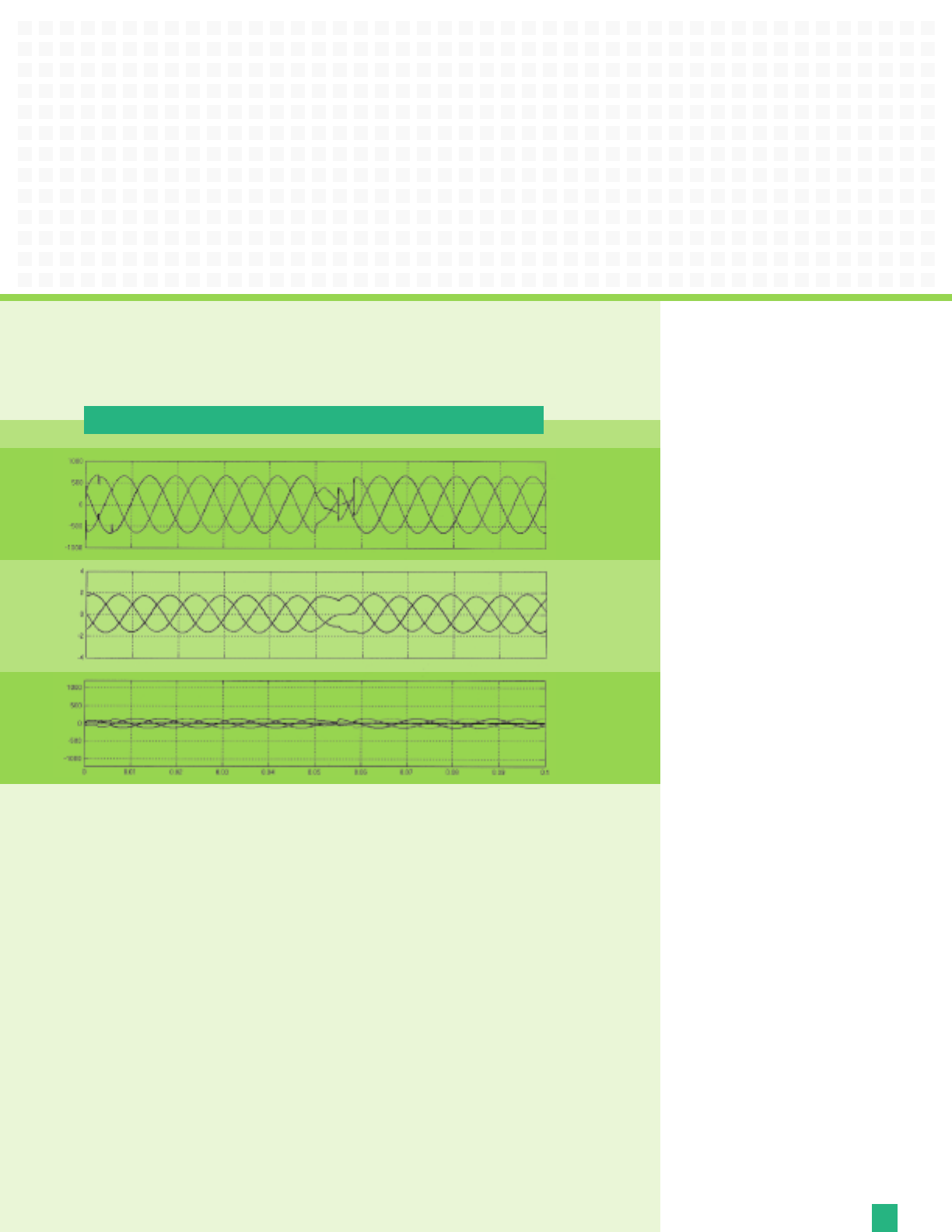
5
Liebert’s transfer control does
more than balance the flux.
Due to our unique approach to the
optimized transfer algorithm, transfer
time should not be the only performance
measure for this new optimized switch.
Liebert’s method, whenever possible,
also seeks to minimize voltage
disturbances while maintaining
transformer flux balance. It takes both
voltage disturbance and volt-second
balance into consideration.
Liebert has a unique flux balance
algorithm that doesn’t just “sit and
wait” for the balance point to occur.
Rather, we will “pulse fire” the SCRs
as soon as possible in order to
minimize the load discontinuity and
h
e
n
c
e the voltage disruption.
So how safe is this new
optimized Liebert STS2 for your
critical loads?
The o
p
timized Liebert STS2 safely meets
bo
th the CB
EMA s
tandard (prior to 1996)
and the latest ITIC standard (1996) for
cr
iti
cal lo
a
ds. Li
ebert’s optimized
STS2 eliminates the risk of transformer
saturation problems during automatic
tr
ansf
e
r
s
, w
hi
le its al
g
orithm control
ensures minimum voltage disturbance
during transfers while still balancing
the flu
x.
Figure 2 Optimized STS transfer
The patented Liebert static switch optimized transfer control algorithm
eliminates the downstream transformer inrush saturation.
The Liebert algorithm is designed to optimize transfer timing such that the volt-seconds applied to the
d
o
wnstream transformer primary is balanced, thus minimizing peak saturation current. This balance is
a
c
hi
eved by directly computing the volt-second applied to the transformer during transfer events and
determining the optimum time to turn on the alternate source SCRs in order to balance the volt-
s
ec
on
d within s
pec
i
fied tolerance.
This results in a volt-second balancing algorithm that is independent of voltage wave shape,
voltage failure decay rate, etc., making it superior to other algorithms based on voltage
phase angle difference only.




